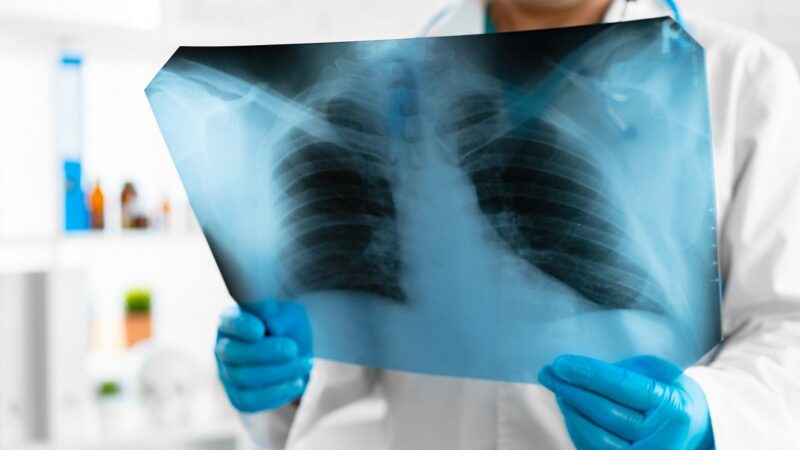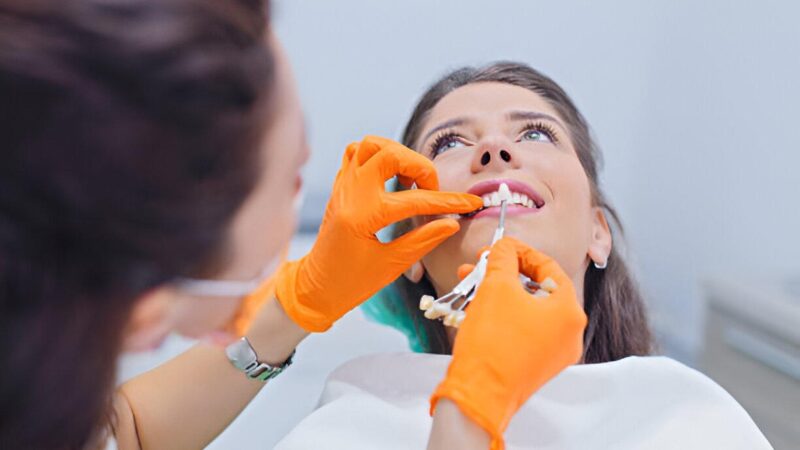What are the Best Non-Invasive Fertility Treatments to Help You Conceive?

With so many breakthroughs in fertility treatment over the years, couples now have several techniques available at their disposal. Some fertility treatment options are cost-effective and straightforward while others are complex and expensive. Many infertility cases are treated with traditional therapies like medical or surgical treatment.
The choice of fertility treatment will be based on your individual circumstances. A comprehensive evaluation of the medical history of both partners will also be considered. Below are some of the non-invasive fertility treatment options for couples who have not been able to conceive successfully.
Treatment of Ovulatory Disorders
Ovulatory disorder is one of the most common infertility factors in women. Ovulatory disorders are classified by their underlying causes.
Class I Ovulatory Disorders
Women with love levels of estrogen and pituitary hormones are classified under Class I ovulatory disorders. These women will typically respond well to injectable forms of pituitary hormones.
Class II Ovulatory Disorders
Women with normal levels of estrogen and pituitary hormones but fail to ovulate are classified under Class II ovulatory disorders. This category also includes women with polycystic ovary syndrome or PCOS.
These women will be likely candidates for ovarian stimulation with clomiphene citrate. If patients are still unable to conceive after three ovulatory cycles on Clomid, they will be counseled if they would like to try a more aggressive approach.
Class III Ovulatory Disorders
Women with high levels of pituitary hormones secondary to waning ovarian function belong to Class III ovulatory disorders. Women with premature ovarian failure and in perimenopause belong to this category.
Often, these patients have a poor prognosis for conceiving using their own oocytes. They will be counseled on the use of possible egg donation as a likely alternative with high pregnancy rates.
Class IV Ovulatory Disorders
Women with high levels of prolactin (also known as the milk secretion hormone) belong in this category. These women also have low pituitary hormone and low estrogen levels. Many patients respond to medications that lower the prolactin secretion.
Cycle Monitoring and Stimulation
At the core of most assisted reproductive procedures is the stimulation and monitoring of the ovulation cycle. This is followed by close monitoring through ultrasound and blood tests. The size of the ovarian follicles and the blood hormone levels will be used to track the response of the patient to the medications.
Stimulation of ovulation is done through an oral medication known as Clomid. It can also be done using an injectable known as gonadotropins. To support the second half of a cycle, progesterone will be administered to ensure the normal levels of the hormone. This can also help ensure the uterus is well prepared for a fertilized egg.
Intrauterine Insemination (IUI)
Intrauterine insemination or IUI is one of the most common forms of artificial insemination. What many people perceive as artificial insemination is actually the IUI procedure. IUI is often the recommended option when couples are able to successfully conceive for at least a year.
Intrauterine insemination is also often recommended after a thorough diagnosis, examination, and consultation and after all the other infertility causes have been ruled out. In intrauterine insemination, the semen will be washed of its seminal plasma and will be injected directly into the uterus.







